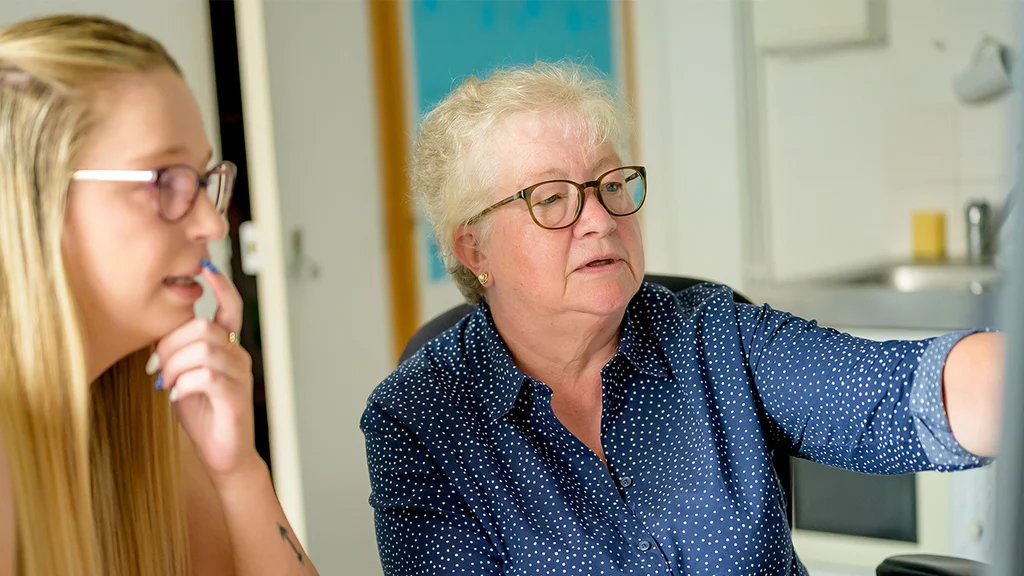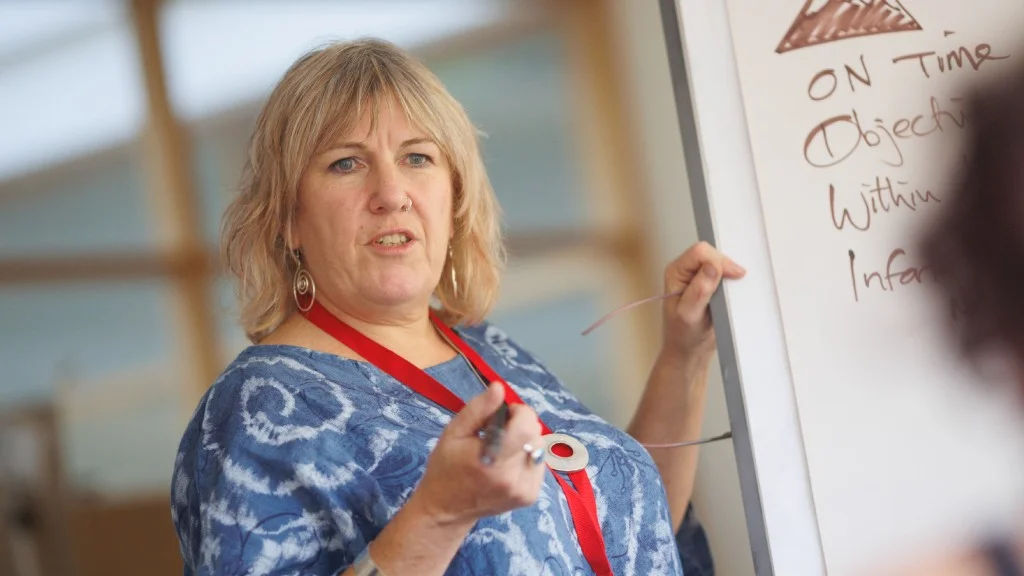
Why does imagery matter?
How we are represented as we grow older can have a profound impact on other people’s beliefs, attitudes, and behaviours towards us – this is particularly important if some or all of those representations are negative or stereotypical.
More worryingly, we often internalise those negative misconceptions about ageing that we are bombarded with everyday. They become a self-fulfilling prophecy, affecting the way we perceive ourselves, and what we think we are capable or worthy of, limiting the kinds of activities we do, even the way we dress.
Here are 5 top tips for taking and using age-positive photos
Don’t rely on images that perpetuate negative associations with ageing. In the media, older age groups are often depicted in a way that focuses on frailty, decline and a loss of independence – reinforcing the stereotype that older people are an object of pity, rather than people who are able to direct their own lives. Examples include older people photographed in medical and social care settings who seem sad and disempowered, or older individuals in muted colours and passive poses. News stories often use photos of wrinkly hands to illustrate stories about older people, regardless of topic, which can be seen as dehumanising.
Like all age groups, people aged 50 and over are not a homogenous group. It is important to reflect a range of people in your imagery which represents different characteristics including gender, race and ethnicity, religion, disability, sexual orientation, geography and more.
Whatever topic you are using images to illustrate, make sure you include a range of age groups. Getting older doesn’t mean you stop contributing to and being part of society in different ways or that you stop having varied interests or activities. But that often gets overlooked and older people become less visible in the media we see. For example, if you’re illustrating a story about work, remember that a third of the workforce is over 50 – your photography should reflect that. Don’t shy away from using imagery of older people for topics often associated with younger people such as studying, socialising and sex – older people should be part of the story you tell on these issues too.
While on the face of it, people doing extraordinary things in their later lives might seem like a good antidote to the generally negative images we see of ageing, extremely positive photos of older people skydiving or running marathons isn’t very balanced either. And for some it might set an unrealistic ideal of what we should be achieving as we get older. Inspiring photography is of course important – but using a range of images that show people’s different experiences is key.
None of this is a perfect science – we are all learning how to do it better. So, keep an open mind, keep questioning what you’re doing, how you’re using imagery and how it might be received. Showing an interest in taking more authentic photos of ageing and reading this guide is a fantastic first step, so congratulations!


